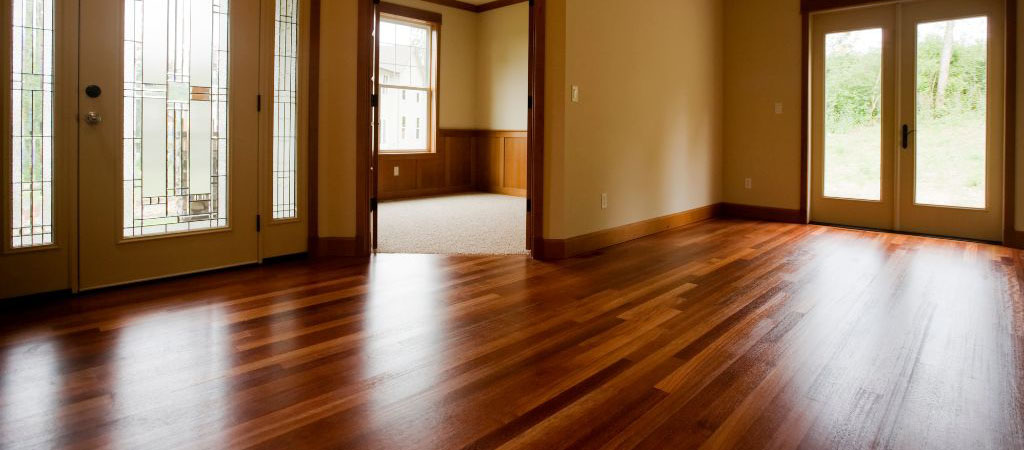Wood Concrete
Wood concrete is a relatively new construction material that combines the strength and durability of concrete with the renewable and sustainable properties of wood. This innovative material is becoming increasingly popular in the construction industry due to its eco-friendliness, cost-effectiveness, and versatility. Wood concrete is created by embedding wood chips, shavings, or fibers into a cement mixture, resulting in a lightweight yet sturdy material that can be used in a variety of applications, such as walls, floors, and even furniture. Columbus Concrete Contracting is a reputable company that specializes in wood concrete construction, offering high-quality and reliable services to clients in Columbus and surrounding areas.
Industries that Utilize Wood Concrete
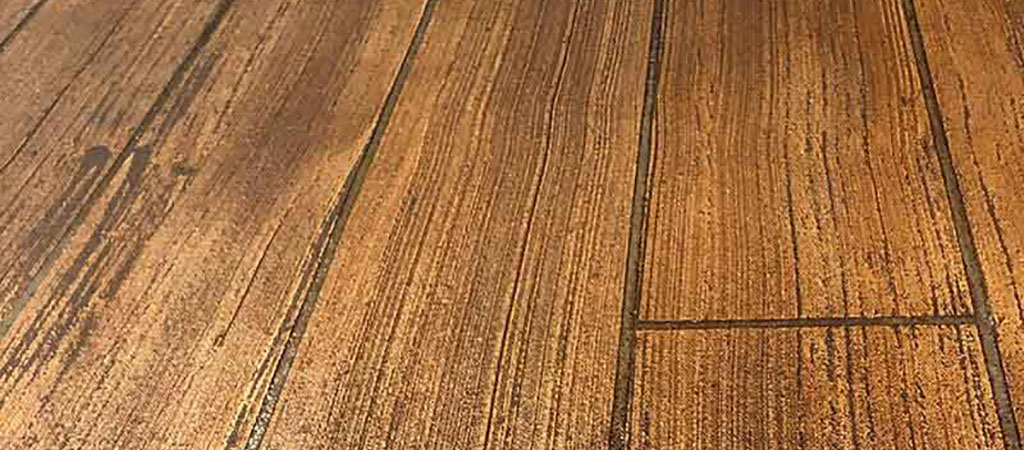
Healthcare Industry
The healthcare industry is one of the industries that have started to use wood concrete in recent years. Wood concrete is a popular choice for flooring and wall applications in hospitals, clinics, and other healthcare facilities. It is durable, easy to clean, and has natural anti-microbial properties that make it a more hygienic option than traditional flooring materials. Additionally, wood concrete is highly customizable, allowing healthcare facilities to create unique and inviting spaces for patients and staff. The natural aesthetic and warm feel of wood concrete also help to create a welcoming and calming environment that can benefit patients’ well-being.

Manufacturing Industry
The manufacturing industry is another sector that is beginning to use wood concrete in the construction of production facilities, warehouses, and other manufacturing spaces. Wood concrete is an ideal material for flooring in these facilities as it can withstand heavy machinery and foot traffic. Additionally, wood concrete has excellent insulation properties, making it an energy-efficient option that can help to reduce heating and cooling costs. Its natural anti-slip properties also make it a safer option for workers. The versatility of wood concrete allows manufacturers to customize the look and feel of their facility while also improving safety and reducing operating costs.

Education Industry
The education industry is also starting to adopt wood concrete for flooring and wall applications in schools, colleges, and universities. Wood concrete is an excellent option for high-traffic areas such as classrooms and hallways as it is durable and easy to maintain. Additionally, wood concrete can be produced in a variety of colors and finishes, making it a great choice for creating custom designs and branding opportunities for educational institutions. The natural texture and aesthetic of wood concrete also create a warm and inviting atmosphere that can help to enhance the learning experience of students and staff alike.
Learn the Benefits of Wood Concrete
- Eco-friendly and sustainable, utilizing wood waste that would otherwise end up in landfills
- Cost-effective and readily available
- Lightweight and easy to handle, reducing transportation and installation costs
- Improved insulation properties, reducing energy consumption for heating and cooling
- Durable and long-lasting, with resistance to moisture, fire, and pests
- Versatile in its applications, including construction, furniture, and transportation infrastructure
- Aesthetically pleasing with a unique texture and industrial feel
- Low-maintenance and easy to clean, reducing ongoing maintenance costs
- Increased seismic resistance compared to traditional concrete
- Can be produced in a variety of colors and finishes, offering design flexibility for architects and designers
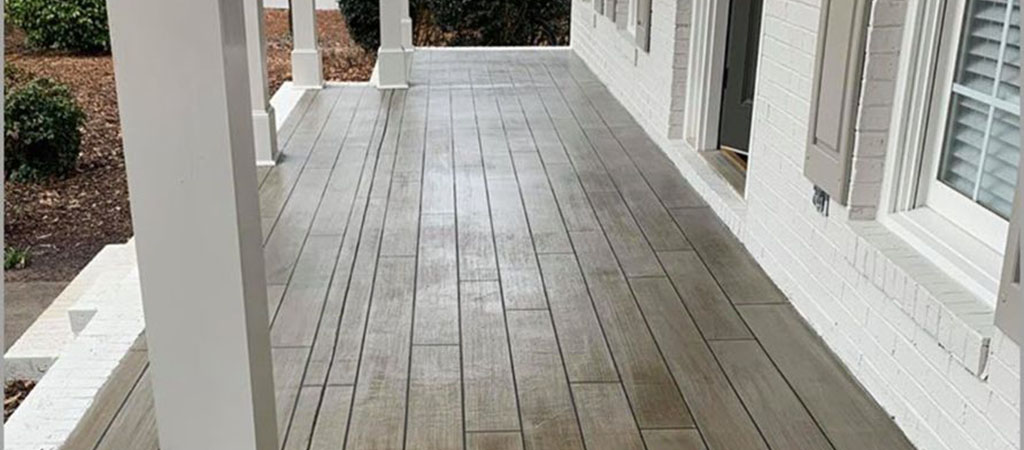
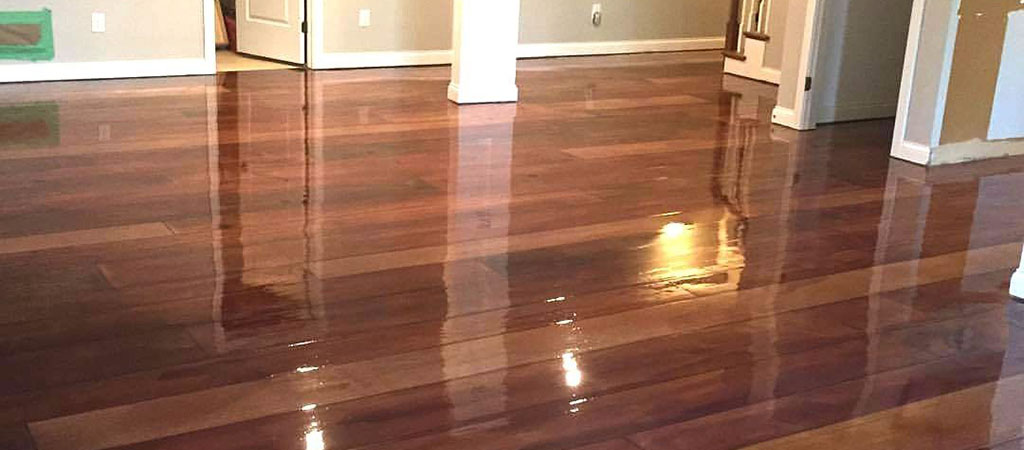
Concrete Coatings
Concrete coatings are a popular solution for improving the appearance and durability of concrete surfaces. These coatings are applied to concrete floors, walls, and other surfaces to protect against stains, scratches, and wear and tear. Concrete coatings can be made from a variety of materials, including epoxy, polyurethane, and acrylics, and come in a range of colors and finishes. They can be used in both residential and commercial settings and are often used to enhance the look of garages, patios, and walkways.

Concrete Resurfacing
Concrete resurfacing is a cost-effective solution for restoring old, worn-out concrete surfaces. This process involves applying a thin layer of cement-based material to the existing concrete surface to create a new, fresh look. Concrete resurfacing can be used to repair cracks, stains, and other imperfections in the concrete surface, improving its appearance and durability. This process is quicker and more affordable than completely replacing the concrete surface. It is also a more sustainable option, as it reduces waste and minimizes the environmental impact of construction projects.
The Basics of Wood Concrete

Wood Concrete Care and Maintenance
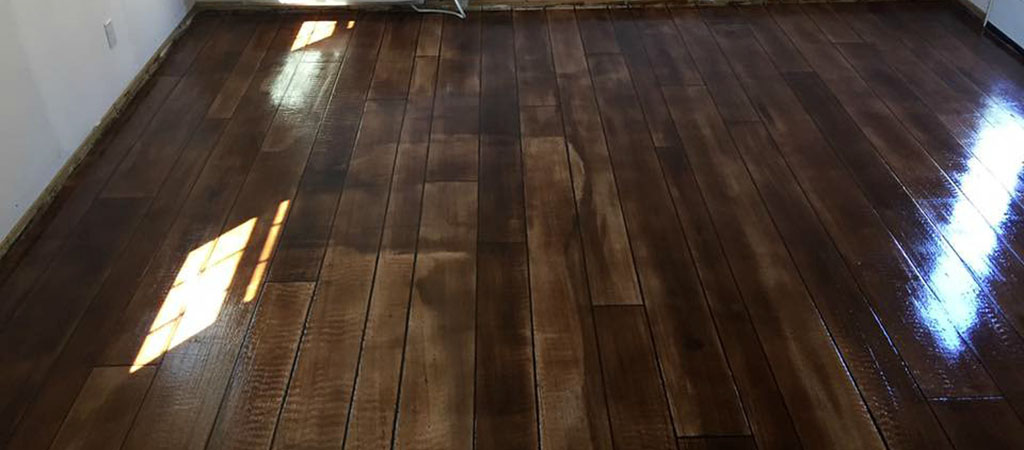
Learn Our Wood Concrete Installation Process
